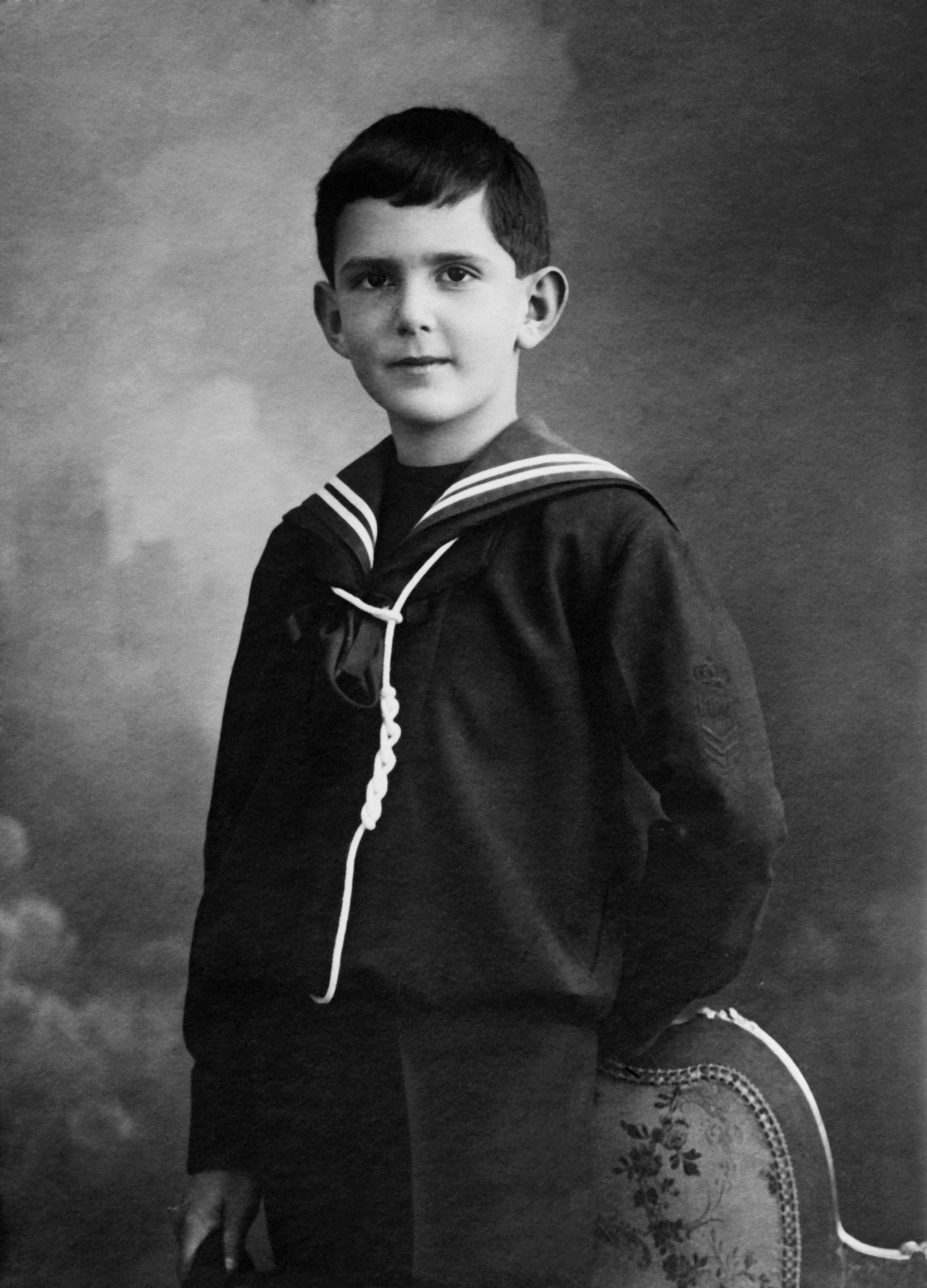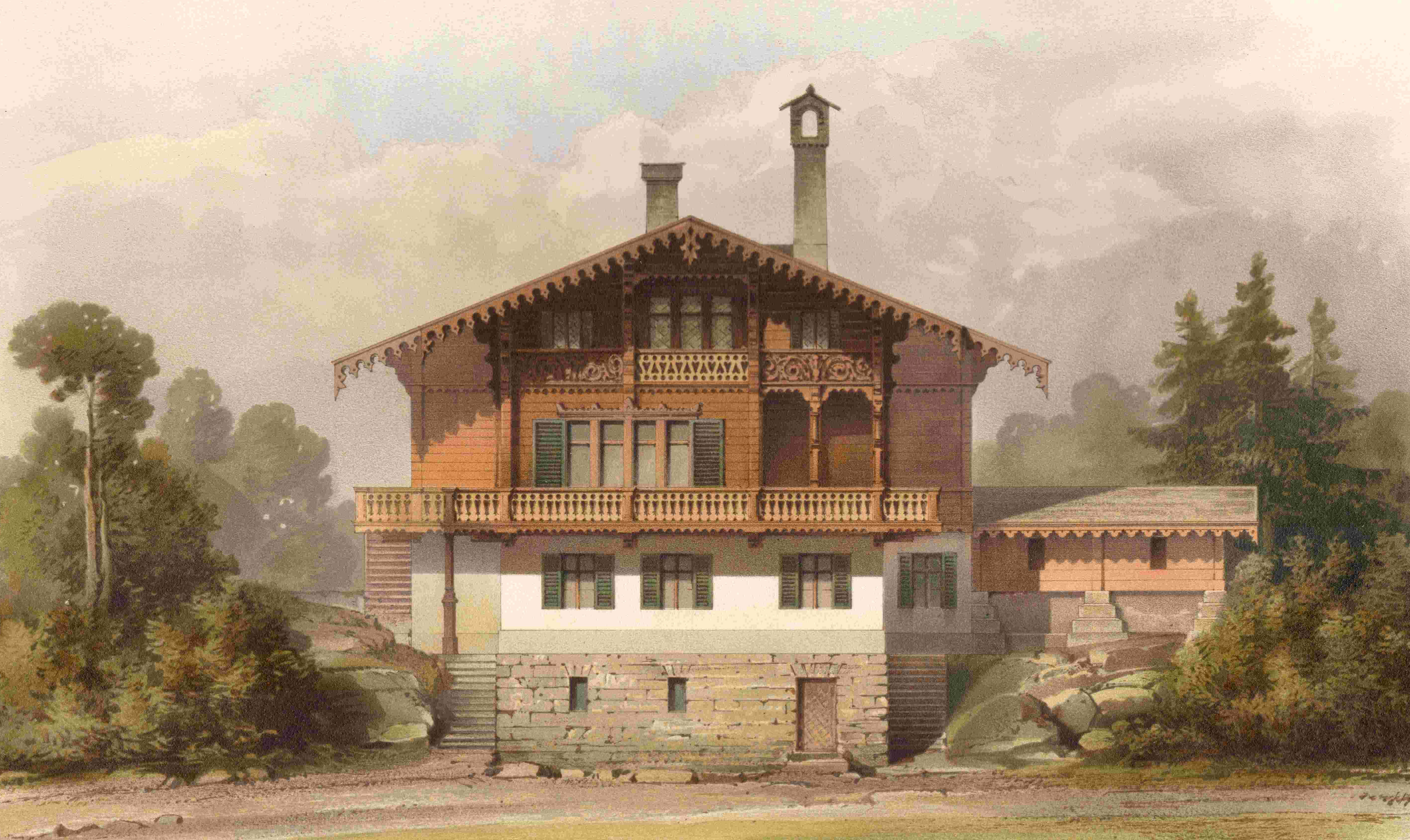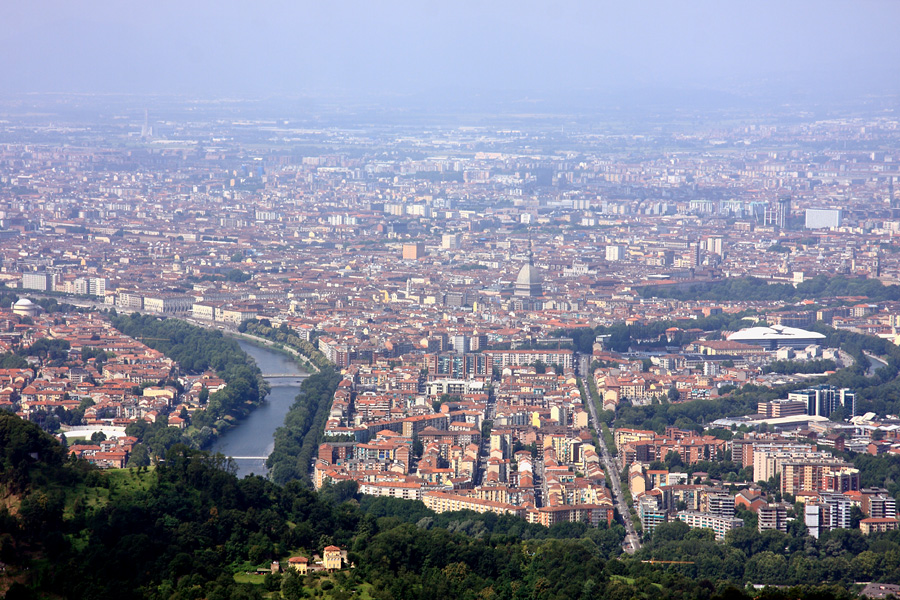|
Viù
Viù is a ''comune'' (municipality) in the Metropolitan City of Turin in the Italy, Italian region Piedmont, located about northwest of Turin. Viù's central square used to feature a wooden statue of Pinocchio, which is 6.53 meters tall and weighs about 4000 kilograms however that has now been removed. Sightseeing * One of the most beautiful historical villas is Villa Franchetti. The villa was built in 1861 by the Baron Raimondo Franchetti in Swiss chalet style. Several notable people have stayed in the villa including Giacomo Puccini who has been told to having composed part of La bohème within its walls. Amongst other notable personalities the Prince of Piedmont Umberto II of Italy and the infamous Third Reich minister Hermann Göring stayed at the villa. *20 minutes away from Viù you will find the Devil's Bridge, located in the near village of Lanzo Torinese References External links Comune di Viù official site Cities and towns in Piedmont Canavese {{T ... [...More Info...] [...Related Items...] OR: [Wikipedia] [Google] [Baidu] |
Col San Giovanni
Col San Giovanni is a ''frazione'' (and a parish) of the municipality of Viù, in Piedmont, northern Italy. Name In former times the village was named ''Collis ad sancti Joannis'' or ''Collo di San Giovanni''. History Col San Giovanni was first mentioned in a document signed in 1011 by Landolfo, Roman Catholic Archdiocese of Turin, archbishop of Turin. Since 1927 it was a separate comune (municipality). Relevant buildings The local church was built from 1614 on the site of a previous one and it was renovated in 1922 to allow the transit of a new road. Its bell tower is the oldest of the Lanzo Valleys and was built at the end of the 11th century.''CHIESA PARROCCHIALE DI SAN GIOVANNI BATTISTA (fraz. Col San Giovanni)'', page owww.comune.viu.to.it (accessed on February 2014) References External links {{authority control Frazioni of the Province of Turin Former municipalities of the Province of Turin ... [...More Info...] [...Related Items...] OR: [Wikipedia] [Google] [Baidu] |
Piedmont
it, Piemontese , population_note = , population_blank1_title = , population_blank1 = , demographics_type1 = , demographics1_footnotes = , demographics1_title1 = , demographics1_info1 = , demographics1_title2 = , demographics1_info2 = , demographics1_title3 = , demographics1_info3 = , timezone1 = CET , utc_offset1 = +1 , timezone1_DST = CEST , utc_offset1_DST = +2 , postal_code_type = , postal_code = , area_code_type = ISO 3166 code , area_code = IT-21 , blank_name_sec1 = GDP (nominal) , blank_info_sec1 = €137 billion (2018) , blank1_name_sec1 = GDP per capita , blank1_info_sec1 = €31,500 (2018) , blank2_name_sec1 = HDI (2019) , blank2_info_sec1 = 0.898 · 10th of 21 , blank_name_sec2 = NUTS Region , blank_info_sec2 = ITC1 , website www.regione ... [...More Info...] [...Related Items...] OR: [Wikipedia] [Google] [Baidu] |
Giacomo Puccini
Giacomo Puccini (Lucca, 22 December 1858Bruxelles, 29 November 1924) was an Italian composer known primarily for his operas. Regarded as the greatest and most successful proponent of Italian opera after Verdi, he was descended from a long line of composers, stemming from the late-Baroque era. Though his early work was firmly rooted in traditional late-19th-century Romantic Italian opera, he later developed his work in the realistic ''verismo'' style, of which he became one of the leading exponents. His most renowned works are ''La bohème'' (1896), ''Tosca'' (1900), '' Madama Butterfly'' (1904), and ''Turandot'' (1924), all of which are among the most frequently performed and recorded of all operas. Family and education Puccini was born Giacomo Antonio Domenico Michele Secondo Maria Puccini in Lucca, Italy, in 1858. He was the sixth of nine children of Michele Puccini (1813–1864) and Albina Magi (1830–1884). The Puccini family was established in Lucca as a local musi ... [...More Info...] [...Related Items...] OR: [Wikipedia] [Google] [Baidu] |
Lanzo Torinese
Lanzo Torinese (''Lans'' in Piedmontese and arpitan) is a ''comune'' (municipality) in the Metropolitan City of Turin, region of Piedmont, northwestern Italy. It is located about northwest of Turin at the mouth of the Valli di Lanzo. History Lanzo is mentioned in the early 11th century as ''Curtis Lanceii''. Later, under several names, was a fief (together with its namesake valleys) to the bishop of Turin, of the house of Savoy and of the Marquisate of Montferrat. In the mid-16th century the Castle of Lanzo, considered amongst the most important in Piedmont, was besieged, stormed (1551) and destroyed by French troops under Charles de Brissac (1551–52). Of the former fortifications, only the gate entrance of the town has remained to this day. After the Peace of Cateau-Cambrésis (1559), the town was returned to Duke Emmanuel Philibert of Savoy. After his death, Lanzo was assigned to his daughter Maria (1577), wife of Philip of Este. The Este government brought decline to ... [...More Info...] [...Related Items...] OR: [Wikipedia] [Google] [Baidu] |
Devil's Bridge
Devil's Bridge is a term applied to dozens of ancient bridges, found primarily in Europe. Most of these bridges are stone or masonry arch bridges and represent a significant technological achievement in ancient architecture. Due to their unusual design, they were an object of fascination and stories in antiquity and medieval Europe. Each of the Devil's bridges typically has a corresponding Devil-related myth or folktale regarding its origin. These stories vary widely depending on the region and beliefs. Some have the Devil as the builder of the bridge, relating to the precariousness or impossibility of such a bridge to last or exist in the first place, so much so that only the Devil himself could have built it. Others have the knowledge to build such bridges given to mankind as a gift from the Devil as part of a deal, pact or bargain between the Devil and local populace, usually in exchange for their souls. Associated legends The bridges that fall into the Devil's Bridge c ... [...More Info...] [...Related Items...] OR: [Wikipedia] [Google] [Baidu] |
Hermann Göring
Hermann Wilhelm Göring (or Goering; ; 12 January 1893 – 15 October 1946) was a German politician, military leader and convicted war criminal. He was one of the most powerful figures in the Nazi Party, which ruled Germany from 1933 to 1945. A veteran World War I fighter pilot ace, Göring was a recipient of the ("The Blue Max"). He was the last commander of ''Jagdgeschwader'' 1 (Jasta 1), the fighter wing once led by Manfred von Richthofen. An early member of the Nazi Party, Göring was among those wounded in Adolf Hitler's failed Beer Hall Putsch in 1923. While receiving treatment for his injuries, he developed an addiction to morphine which persisted until the last year of his life. After Hitler became Chancellor of Germany in 1933, Göring was named as minister without portfolio in the new government. One of his first acts as a cabinet minister was to oversee the creation of the Gestapo, which he ceded to Heinrich Himmler in 1934. Following the establishment of th ... [...More Info...] [...Related Items...] OR: [Wikipedia] [Google] [Baidu] |
Third Reich
Nazi Germany (lit. "National Socialist State"), ' (lit. "Nazi State") for short; also ' (lit. "National Socialist Germany") (officially known as the German Reich from 1933 until 1943, and the Greater German Reich from 1943 to 1945) was the German state between 1933 and 1945, when Adolf Hitler and the Nazi Party controlled the country, transforming it into a dictatorship. Under Hitler's rule, Germany quickly became a totalitarian state where nearly all aspects of life were controlled by the government. The Third Reich, meaning "Third Realm" or "Third Empire", alluded to the Nazi claim that Nazi Germany was the successor to the earlier Holy Roman Empire (800–1806) and German Empire (1871–1918). The Third Reich, which Hitler and the Nazis referred to as the Thousand-Year Reich, ended in May 1945 after just 12 years when the Allies defeated Germany, ending World War II in Europe. On 30 January 1933, Hitler was appointed chancellor of Germany, the head of government, ... [...More Info...] [...Related Items...] OR: [Wikipedia] [Google] [Baidu] |
Umberto II Of Italy
en, Albert Nicholas Thomas John Maria of Savoy , house = Savoy , father = Victor Emmanuel III of Italy , mother = Princess Elena of Montenegro , birth_date = , birth_place = Racconigi, Piedmont, Kingdom of Italy , death_date = , death_place = Geneva, Switzerland , burial_place = Hautecombe Abbey, France , religion = Roman Catholicism , signature = UmbertoII.signature.png , signature_alt = Umberto II of Italy signature Umberto II, full name Umberto Nicola Tommaso Giovanni Maria di Savoia (15 September 190418 March 1983), was the last King of Italy. He reigned for 34 days, from 9 May 1946 to 12 June 1946, although he had been ''de facto'' head of state since 1944 and was nicknamed the May King ( it, Re di Maggio). Umberto was the only son among the five children of King Victor Emmanuel III and Queen Elena. In an effort to repair the monarchy's image after the fall of Benito Mussolini's regime, Victor Emmanuel transferred his powers to ... [...More Info...] [...Related Items...] OR: [Wikipedia] [Google] [Baidu] |
Prince Of Piedmont
The lordship of Piedmont, later the principality of Piedmont ( it, Piemonte), was originally an appanage of the Savoyard county and as such its lords were members of the Achaea branch of the House of Savoy. The title was inherited by the elder branch of the dynasty in 1418, at about which time Savoy was elevated to ducal status and Piedmont to princely status. When the House of Savoy was given the Kingdom of Sardinia, the Savoyards used the style of Prince of Piedmont ( it, Principe di Piemonte) for their heir apparent. This first came into use by Prince Victor Amadeus of Savoy. The usage was retained when Victor Emmanuel II became King of Italy, "Prince of Piedmont" becoming roughly equivalent to the British "Prince of Wales", the title bestowed to the Crown prince. Lords of Piedmont *????–1233 Thomas I, also Count of Savoy *1233–1259 Thomas II, son of previous *1259–1282 Thomas III, son of previous *1282–1334 Philip I, son of previous, also Prince of A ... [...More Info...] [...Related Items...] OR: [Wikipedia] [Google] [Baidu] |
La Bohème
''La bohème'' (; ) is an opera in four acts,Puccini called the divisions ''quadri'', ''tableaux'' or "images", rather than ''atti'' (acts). composed by Giacomo Puccini between 1893 and 1895 to an Italian libretto by Luigi Illica and Giuseppe Giacosa, based on ''Scènes de la vie de bohème'' (1851) by Henri Murger. The story is set in Paris around 1830 and shows the Bohemian lifestyle (known in French as "") of a poor seamstress and her artist friends. The world premiere of ''La bohème'' was in Turin on 1 February 1896 at the Teatro Regio, conducted by the 28-year-old Arturo Toscanini. Since then, ''La bohème'' has become part of the standard Italian opera repertory and is one of the most frequently performed operas worldwide. In 1946, fifty years after the opera's premiere, Toscanini conducted a commemorative performance of it on radio with the NBC Symphony Orchestra. A recording of the performance was later released by RCA Victor on vinyl record, tape and compact disc. ... [...More Info...] [...Related Items...] OR: [Wikipedia] [Google] [Baidu] |
Swiss Chalet Style
Swiss chalet style (german: Schweizerstil, no, Sveitserstil) is an architectural style of Late Historicism, originally inspired by rural chalets in Switzerland and the Alpine (mountainous) regions of Central Europe. The style refers to traditional building designs characterised by widely projecting roofs and facades richly decorated with wooden balconies and carved ornaments. It spread over Germany, Austria-Hungary, Italy, France and Scandinavia during the Belle Époque era. History Swiss chalet style originated in the Romantic era of the late 18th- and early 19th-century, when the ideas of the English landscape garden inspired parks and residences in Germany, such as the Dessau-Wörlitz Garden Realm. It became highly appreciated on the continent by noble landowners who were impressed by the "simple life" of people living in the mountains. The chalet style soon spread over the German ''Mittelgebirge'' landscapes such as the Harz mountains or the Dresden area and the adjace ... [...More Info...] [...Related Items...] OR: [Wikipedia] [Google] [Baidu] |
Metropolitan City Of Turin
The Metropolitan City of Turin ( it, Città metropolitana di Torino, Piedmontese: ''Sità metropolitan-a 'd Turin'') is a metropolitan city in the Piedmont region, Italy. Its capital is the city of Turin. It replaced the Province of Turin and comprises the city of Turin and 311 other municipalities (''comuni''). It was created by the reform of local authorities (Law 142/1990) and established by the Law 56/2014. It has been officially operating since 1 January 2015. The Metropolitan City of Turin is headed by the metropolitan mayor (''sindaco metropolitano'') and by the metropolitan council (''consiglio metropolitano''). Since 5 June 2016, Chiara Appendino has served as the mayor of the capital city, succeeding Piero Fassino. The largest Metropolitan City of Italy, it is the only one to border a foreign state, France. Metropolitan area It has an area of , and a total population of 2,211,114. There are 312 ''comuni'' in the metropolitan area – the most of any province or me ... [...More Info...] [...Related Items...] OR: [Wikipedia] [Google] [Baidu] |











